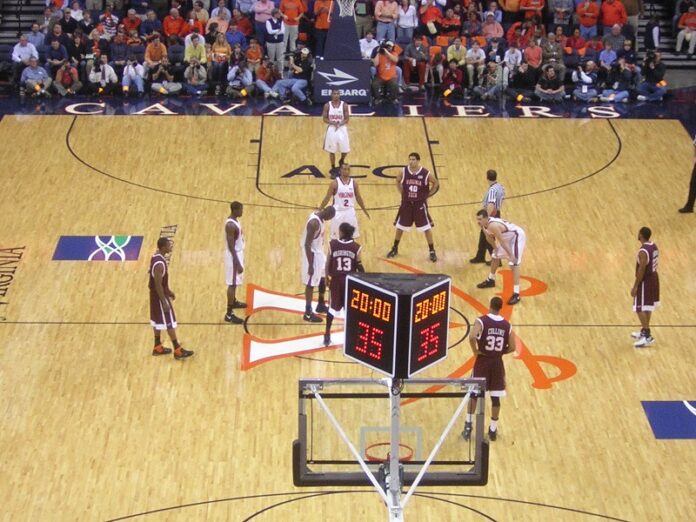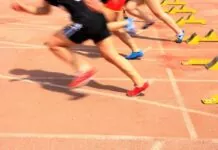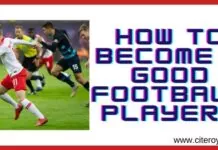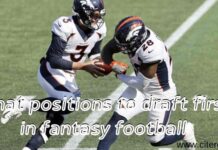A decent basketball crew is similar to a well-orchestrated symphony. Five players step onto the court, each filling a particular job, running after a definitive objective: triumph. In any case, what does every one of these positions involve?
A basketball player for the most part can be categorized as one of five positions: point monitor, shooting watch, little forward, power forward, and focus. Ace Tips is here with a breakdown of these five positions. Investigate the capacities, abilities, and characteristics that should have been fruitful at each position.
POINT GUARD
The point guard assumes a critical part in their group’s rhythm and execution. This position requires a high basketball IQ, as the point guard goes about as the on-court mentor by setting up plays. Point guards bring the ball up court, direct traffic, and settle on the choices that preferably bring about high-rate shots. Point guards should have strong passing and ball-dealing aptitudes. As the floor general, point guards should be vocal. Exercise centers can get uproarious. Point guards should have the option to defeat the clamor to set up plays.
On offense, point guards need the capacity to drive the path. They additionally need a strong bounce shot and 3-pointer. On protection, they can zero in on guarding the other group’s best ball overseer and getting into the passing path for a take. The point guard is frequently a short player on the court. In any case, that isn’t generally the situation. Any player with the fundamental abilities can play the position, regardless of how tall they are.
Abilities and properties expected to play point guard include:
- Ball handling
- Passing
- Speed
- Correspondence
- Poise
- Unselfishness
SHOOTING GUARD
As the name proposes, shooting guards should have the option to place the ball in the band. This position is frequently held for the group’s best external shooters. However, the shooting guard — otherwise called the two-guard — needs in excess of a decent 3-point shot to be fruitful. They additionally need to have solid off-ball development like going through screens and discovering open spaces.
While they don’t should be as talented as point guards, the strong ball taking care of is significant for two-guards. Shooting guards are commonly the optional ball overseer. This aptitude additionally permits them to endeavor their own shots off the dribble. Furthermore, shooting guards need to have solid protective aptitudes. The size of a shooting guard can fluctuate. Some will be a similar size as the point guard, while others can be as tall as a portion of the forwards in the group.
Abilities and characteristics expected to play shooting guard include:
- Shooting
- Ball handling
- Moving without the ball
- Playing solid safeguard
- Bouncing back
SMALL FORWARD
Try not to let the name fool you – the small forward assumes an enormous job. Otherwise called the three, this is conceivably the most adaptable player on the court. Playing small forward requires a mix of abilities that shooting guards and power forwards have. Small forwards should be solid and crude enough to confine out and pull bounce back. In any case, they should likewise have the readiness to evade safeguards, slice to the edge, and hit hop shots.
On offense, a strong mid-range shot, alongside the capacity to drive and cut toward the basket, can take care of a small forward stand. Speed and strength inside are the two resources when playing small forward. Most small forwards fall in the middle of the shooting guard and power forwards with regards to tallness.
Abilities and characteristics expected to play small forward include:
- Inside and outside scoring capacity
- Ball handling
- Snappiness
- Bouncing back
- Guarding various positions
POWER FORWARD
The closer to the hoop you go, the harder things get. The power forward lives near the edge, muscling out cans and battling for a bounce back. This position is otherwise called the four. The position requires a mix of solidarity and size. A power forward requirements to deal with their abilities in the paint, such as boxing out and posting up safeguards. They additionally should have the option to set screens to assist partners with getting open.
To be fruitful on offense, power forwards needs to utilize a variety of shots. cutbacks, short jumpers, and benchmark blurs can make a power forward a successful hostile danger. They ought to likewise be capable of shooting a mid-range jumper.
Abilities and traits expected to play power forward include:
- Size
- Strength
- Scoring in the paint and from midrange
- Bouncing back
- Shot obstructing
CENTER
Normally the tallest individual in the group, a center shields the edge toward one side and is a consistent danger underneath it on the other. The center position is otherwise called the five. While size is a significant piece of being a center, this player likewise should be athletic.
On offense, a center should have the option to make their own shot in squeezed spaces and obstacle bounce back out of the hands of others. Centers additionally should be capable on offense, playing with their back to the basket. Footwork is critical to scoring inside the paint. Centers should likewise have the option to work with colleagues by setting up screens. On guard, the center is typically the absolute best blocker and a strong rebounder to wipe out the adversary’s additional opportunity baskets.
Aptitudes and traits expected to play center include:
- Size
- Strength
- Shot obstructing
- Bouncing back
- Inside scoring
CROSSBREED POSITIONS
Basketball is a sport that has developed consistently. While there are five customary positions, now and then a player doesn’t find a way into those jobs. All things being equal, they play in a crossover or non-customary position. These players frequently consolidate the abilities expected to play two separate positions. These half and half positions commonly start at the secondary school level.
Some of them include:
- Point Forward: This is normally a small forward that assumes the job of a point guard. They will require the abilities needed to play small forward with the additional obligation of starting the offense.
- Stretch 4: This is a power forward with the capacity to make shots from 3-point range. The danger of hitting a shot from past the curve “extends” the protection and can open driving paths for guards.
Also Read: How to Shoot a Basketball?
Each position in a group has its own range of abilities, actual ascribes, and serious subtleties. By picking up this agreement, you can improve at anticipating where players will be and what they will do when they arrive.







